If you love birdwatching or nature, Wisconsin bird species might surprise you. Wisconsin’s diverse landscape, from dense forests to wetlands, is home to many birds. These species thrive in their unique habitats. So, the state is a haven for birdwatchers. This article will explore ten remarkable Wisconsin bird species you may have missed. This guide is for you. It will show you birds that reflect the state’s rich biodiversity. It’s for both new and seasoned birdwatchers.
Table of Contents
Wisconsin Bird Species: A Hidden Treasure of Nature
You might think of robins or sparrows as Wisconsin bird species. However, Wisconsin is home to numerous lesser-known species that are just as fascinating. This hidden natural treasure is worth exploring. It holds the state’s wildlife. From owls to swans, Wisconsin bird species offers a glimpse into the world of rare and captivating birds that most people overlook.
Wisconsin’s unique wetlands, forests, and grasslands are ideal habitats for these species. Wisconsin’s biodiversity is vital for bird conservation. Its ecosystems support many bird species. So, by preserving them, the state helps their survival. Let’s dive into some of the most intriguing Wisconsin bird species that deserve your attention.

1. American Woodcock
The American Woodcock is one of the most fascinating wisconsin bird species due to its peculiar behavior and appearance. Known for its long bill and round body, this bird is famous for its “sky dance” courtship display during the breeding season.
Habitat and Behavior
American Woodcocks are often found in young forests, meadows, and wetlands. Their elusive nature makes them difficult to spot, but their unique vocalization, a soft “peent” sound, can give away their location. They primarily feed on earthworms, using their long bill to probe the soil. They can sense prey underground. This makes them expert foragers. During the breeding season, males perform a dramatic aerial display at dusk. They spiral upwards and then zigzag back to the ground, making musical sounds.
Their camouflage is impressive. It blends perfectly into leaf litter. So, it’s hard for predators and birdwatchers to spot them. Though a secretive bird, the American Woodcock is a rewarding species to observe. It will please anyone interested in Wisconsin’s avian diversity.
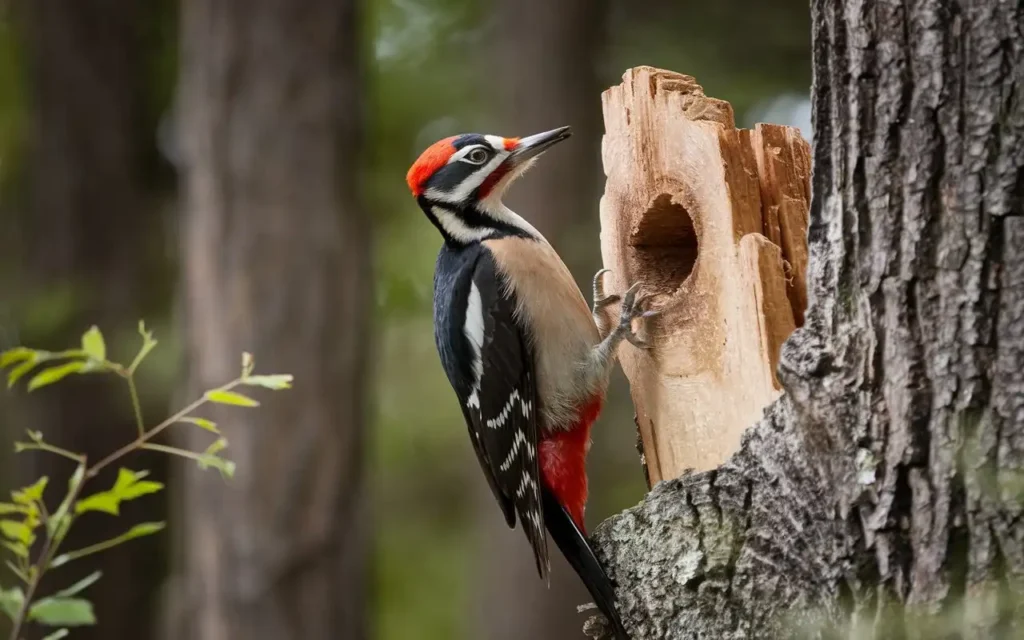
2. Pileated Woodpecker
One of the largest woodpeckers in North America, the Pileated Woodpecker is easily recognizable by its red crest and loud calls. These birds make rectangular holes in trees to find insects, especially carpenter ants.
Where to Find Them in Wisconsin
Pileated Woodpeckers prefer mature forests with large, decaying trees. They are most commonly found in the northern regions of Wisconsin bird species, where dense forests provide them with ample habitat. Their loud drumming and distinctive, almost laugh-like calls make them easier to locate even when they remain out of sight.
The Pileated Woodpecker is vital to forest ecosystems. It digs large cavities in dead trees. Other species, like owls, bats, and small mammals, use these cavities. This magnificent bird, hammering at a tree, is a sight to see. It is strong and adaptable. It chisels out insect larvae from deep within the bark. To spot a Pileated Woodpecker, visit areas with many dead trees. These birds prefer such habitats for foraging and nesting.
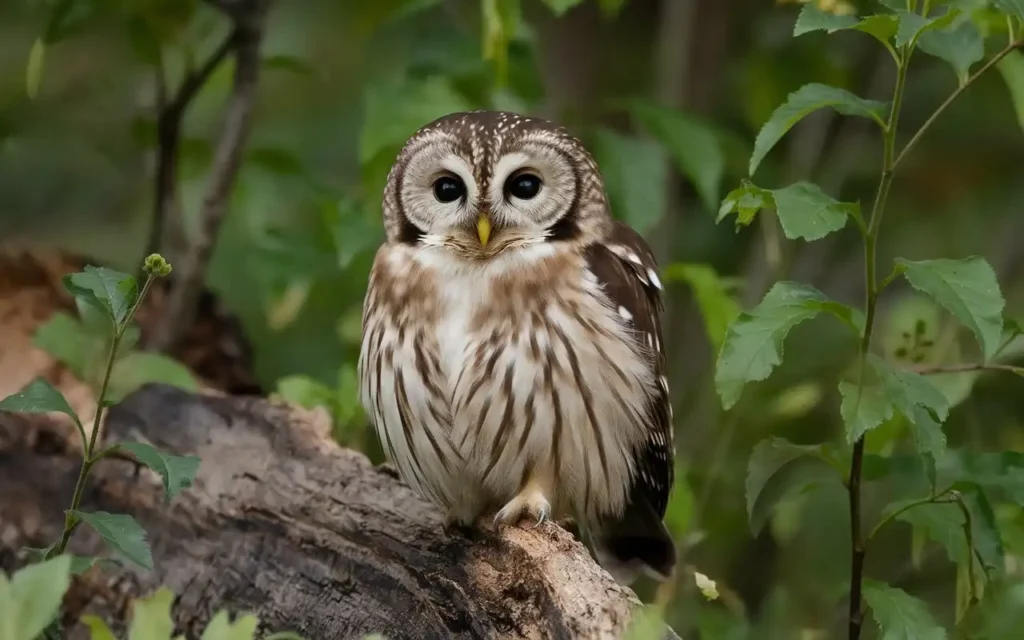
3. Northern Saw-Whet Owl
This small, elusive owl is often heard before it is seen. The Northern Saw-Whet Owl is one of the cutest and most mysterious Wisconsin bird species, with its oversized eyes and soft hooting call.
Vocalization and Hunting Patterns
The Northern Saw-Whet Owl is nocturnal. Its beautiful “too-too-too” calls haunt the quiet, moonlit forests at night. These owls are primarily active after dusk, hunting for small mammals such as mice and voles. Due to their size—standing only 6 to 8 inches tall—these owls are difficult to spot, even though they are relatively common in Wisconsin bird species.
Their name comes from the sound of their call, which was thought to resemble the sharpening of a saw on a whetstone. Birdwatchers are secretive. But, they can often locate them by listening for a distinctive call. During migration seasons, they can be spotted in woodlands. But, they are secretive during the day, hiding in dense foliage. Their stillness and camouflaged feathers make them nearly invisible against tree bark.
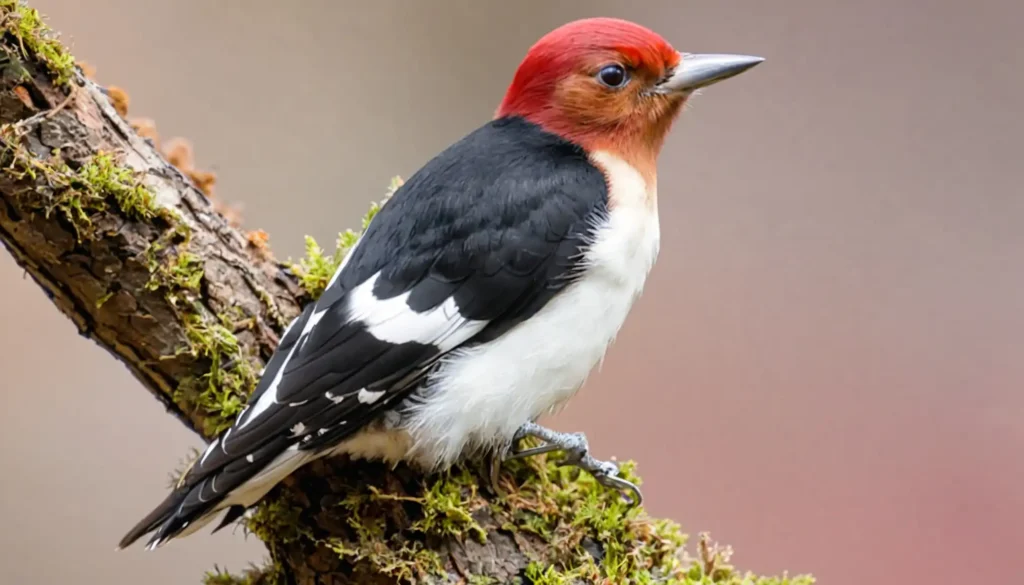
4. Red-Headed Woodpecker
The Red-Headed Woodpecker is a striking bird. It has a completely red head, a white body, and black wings. Once abundant, its population has declined. This is due to habitat loss and competition with other species.
Conservation Status
Once common in Wisconsin, the Red-Headed Woodpecker’s numbers have declined in recent years. It is now one of the state’s more threatened wisconsin bird species. The loss of oak savannas, a key habitat for these birds, has contributed to their reduced numbers. Also, invasive species and the removal of dead trees have hurt them. Woodpeckers rely on those trees for nesting.
To help the Red-Headed Woodpecker, we must restore its habitat and protect its nests. Conservationists aim to help a bird in Wisconsin. They want to preserve dead trees (or snags) and grow oak savannas. These efforts will provide the bird with the resources it needs to thrive.
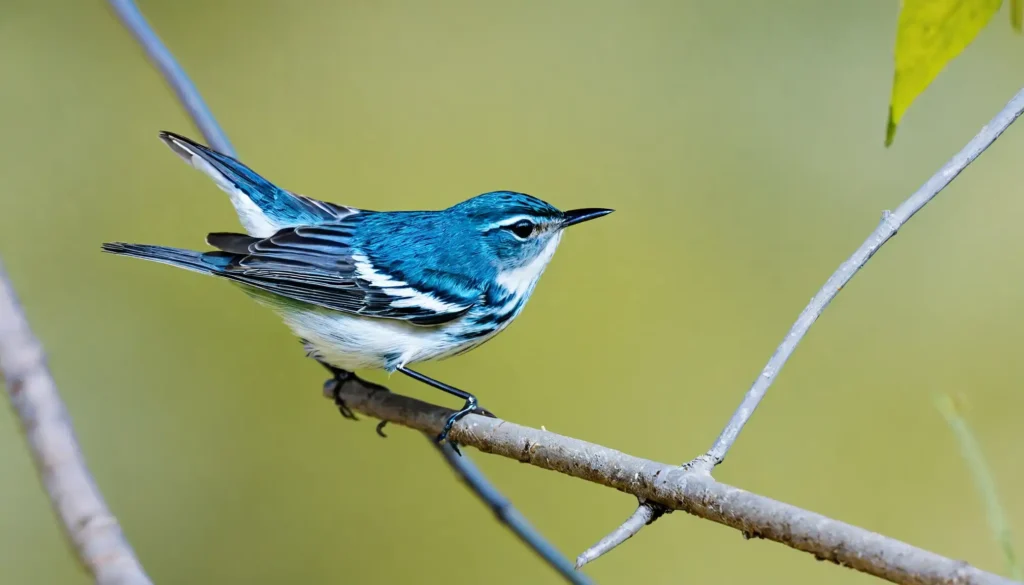
5. Cerulean Warbler
The Cerulean Warbler is one of the most vibrantly colored Wisconsin bird species, with its striking blue and white feathers. This small songbird is known for its beautiful melodic song and its preference for high tree canopies.
Where They Thrive in Wisconsin
Cerulean Warblers prefer mature deciduous forests, especially those near rivers. The forests of southwestern Wisconsin are a great place to spot this dazzling bird during its breeding season. Their sky-blue color makes them stand out. But their habit of staying in the highest tree branches makes them hard to see without binoculars.
These warblers are migratory, traveling from South America to the U.S. each spring. Wisconsin is a key breeding ground for them. Conservation efforts aim to preserve the large, unfragmented forests they need for nesting. Unfortunately, deforestation and habitat fragmentation have reduced their populations. But conservation efforts are working to protect this iconic bird.
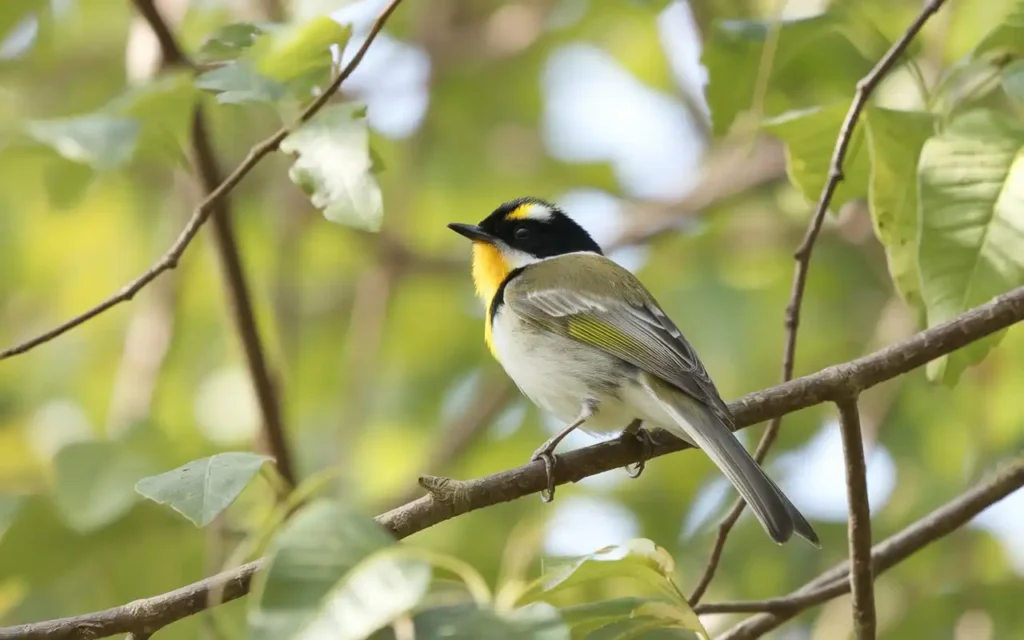
6. Yellow-throated Vireo
A tiny bird with a distinctive yellow throat, the Yellow-Throated Vireo is a frequent migrant in Wisconsin. They are best known for their slow, deliberate songs and their colorful plumage.
Breeding Grounds
These birds breed in open woodlands, particularly near water. In summer, you can often find Yellow-Throated Vireos flitting among the trees, searching for insects. Their bright yellow throats and white wing bars make them easy to identify, even from a distance.
Vireos are also known for their persistent songs, which consist of a series of short, musical phrases repeated over and over. The Yellow-Throated Vireo builds its nest high in the trees, usually using grasses, spider webs, and bits of bark. They prefer wooded areas near water, making Wisconsin’s forests and wetlands perfect for raising their young. As insectivores, they control insect populations. So, they are vital to their ecosystems.
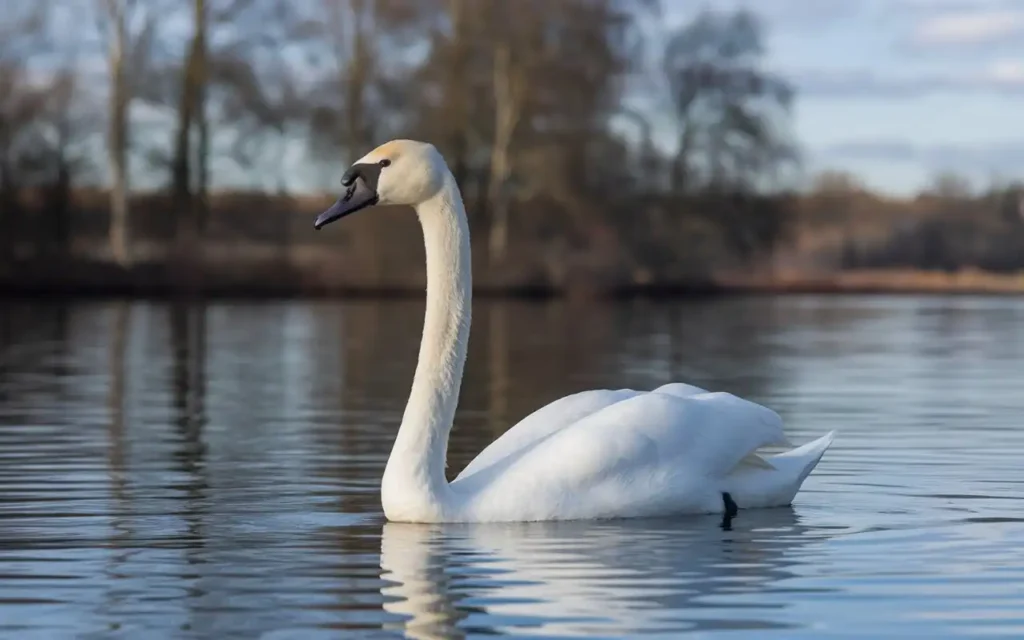
7. Trumpeter Swan
The Trumpeter Swan is the best native waterbird in the north. Its presence in Wisconsin is a conservation success story. With their graceful white feathers and long neck, this bird is a spectacular sight.
Conservation Efforts
Once nearly extinct, Trumpeter Swans have made a comeback. This is due to conservation programs in Wisconsin. These efforts began in the 1980s, with the introduction of captive-bred swans into the wild. Today, you can see Trumpeter Swans in large wetlands and marshes throughout northern Wisconsin. They breed and raise their young there.
The Trumpeter Swan gets its name from its distinctive, loud call, which can be heard echoing across lakes and ponds. Their elegant appearance and impressive size make them a favorite among birdwatchers. Conservationists watch over Trumpeter Swan habitats. They want future generations to enjoy these magnificent birds.
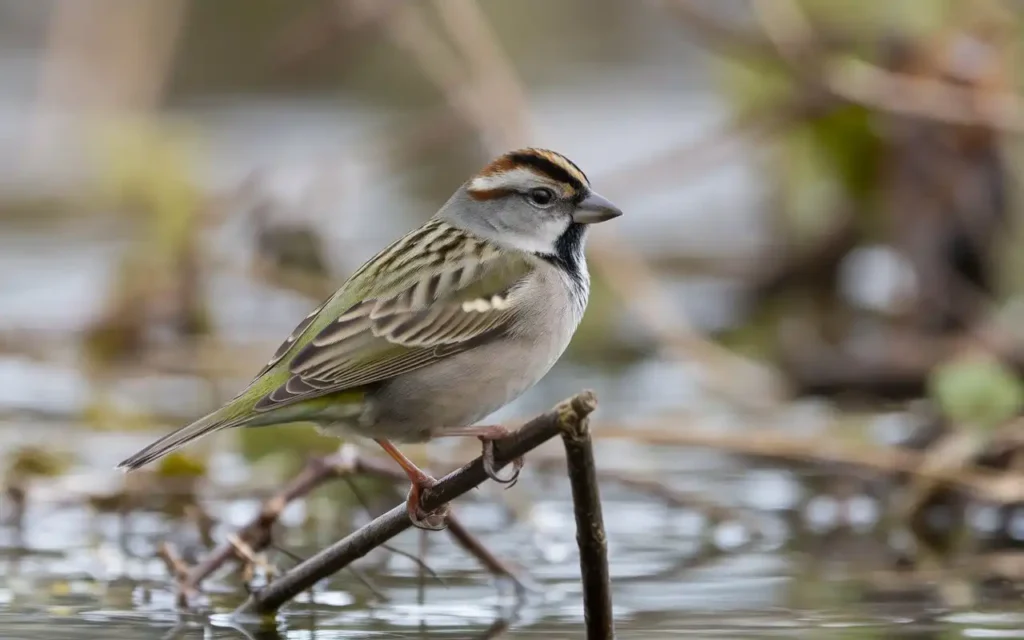
8. LeConte’s Sparrow
A secretive bird of the grasslands, LeConte’s Sparrow is known for its small size and streaked brown plumage. They are difficult to spot due to their preference for dense, tall grasses where they nest and forage.
Preferred Habitat
LeConte’s Sparrows are primarily found in Wisconsin’s prairies and grasslands. During the breeding season, they build their nests close to the ground, hidden among thick vegetation. Their small size and subtle coloring let them blend in. This makes them hard to find, even for expert birdwatchers.
Despite their elusive nature, LeConte’s Sparrows are worth the effort to find. Their short, buzzy song is a telltale sign of their presence, and they are particularly active at dawn and dusk. Grassland habitats are vital for this species’ survival. Agriculture and development have caused prairie loss. As a result, their numbers have dropped in recent years.
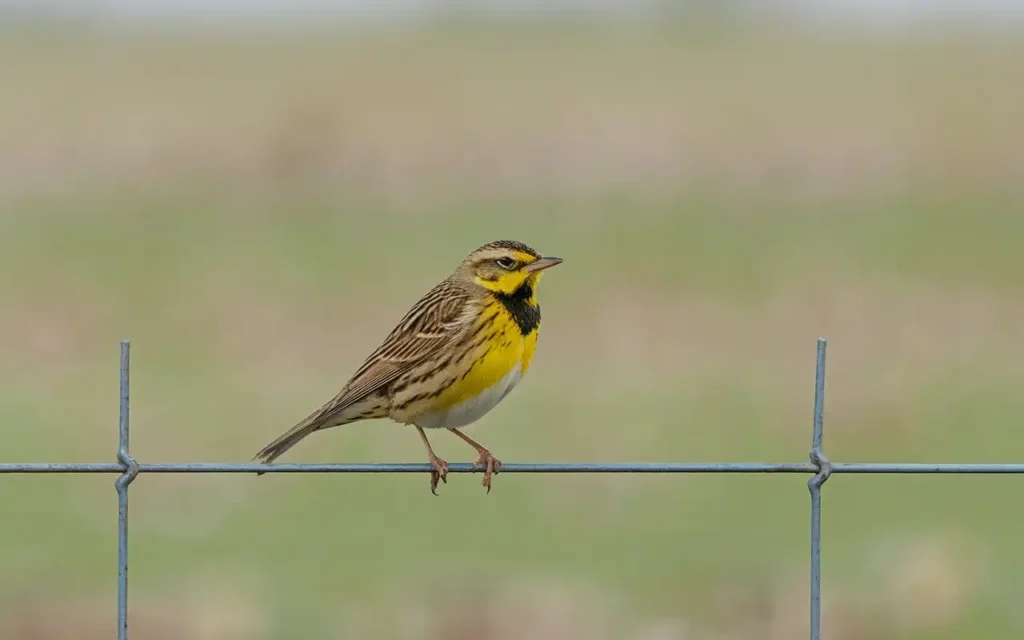
9. Eastern Meadowlark
The Eastern Meadowlark is a common sight in Wisconsin’s open fields and prairies. Their bright yellow chest, adorned with a black “V” shape, makes them easy to identify. These birds are known for their cheerful, flute-like song.
Ecological Importance
Eastern Meadowlarks are ground-nesting birds that prefer grasslands and agricultural fields. Their presence in Wisconsin is vital for maintaining the health of grassland ecosystems. As insectivores, they help control pest populations, making them valuable to farmers and land managers.
The cheerful song of the Eastern Meadowlark is one of the most iconic sounds of the Midwest, often heard during the spring and summer months. Unfortunately, like many grassland species, Eastern Meadowlarks face habitat loss. This is due to the conversion of prairies into farmland. Conservationists are restoring grasslands to keep these beautiful birds in Wisconsin.
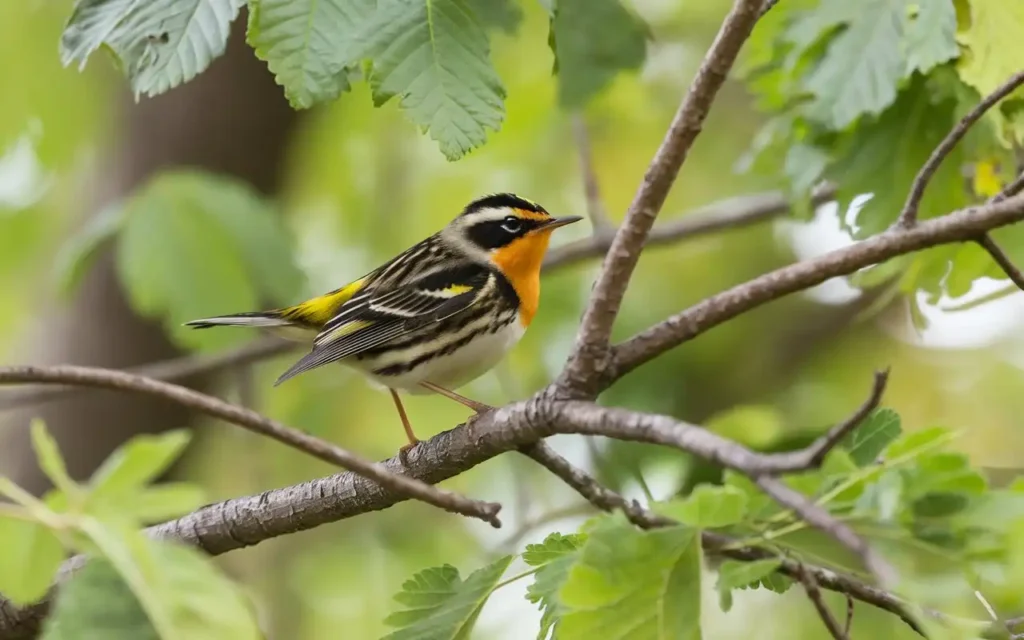
10. Blackburnian Warbler
The Blackburnian Warbler is a small, brightly colored bird with a flaming orange throat that sets it apart from other warblers. These birds are found in coniferous forests, especially during migration.
Migration Patterns
Blackburnian Warblers migrate through Wisconsin in spring and fall. They are a seasonal highlight for birdwatchers. They breed in the boreal forests of Canada and the northern U.S. Many pass through Wisconsin on their way to their breeding or wintering grounds.
Their striking appearance and melodic songs make them a favorite among birdwatchers. Although they spend only a short time in the state, the sight of a Blackburnian Warbler is a memorable experience. We must protect migration corridors and breeding grounds. They’re vital to the survival of this vibrant species.
Conclusion
Birdwatching in Wisconsin lets you connect with nature. You may discover unknown species. The state is home to many amazing birds. They include the stunning Cerulean Warbler and the majestic Trumpeter Swan. Wisconsin’s natural beauty and rare birds make it a must-visit. Whether you’re a seasoned birdwatcher or just starting.

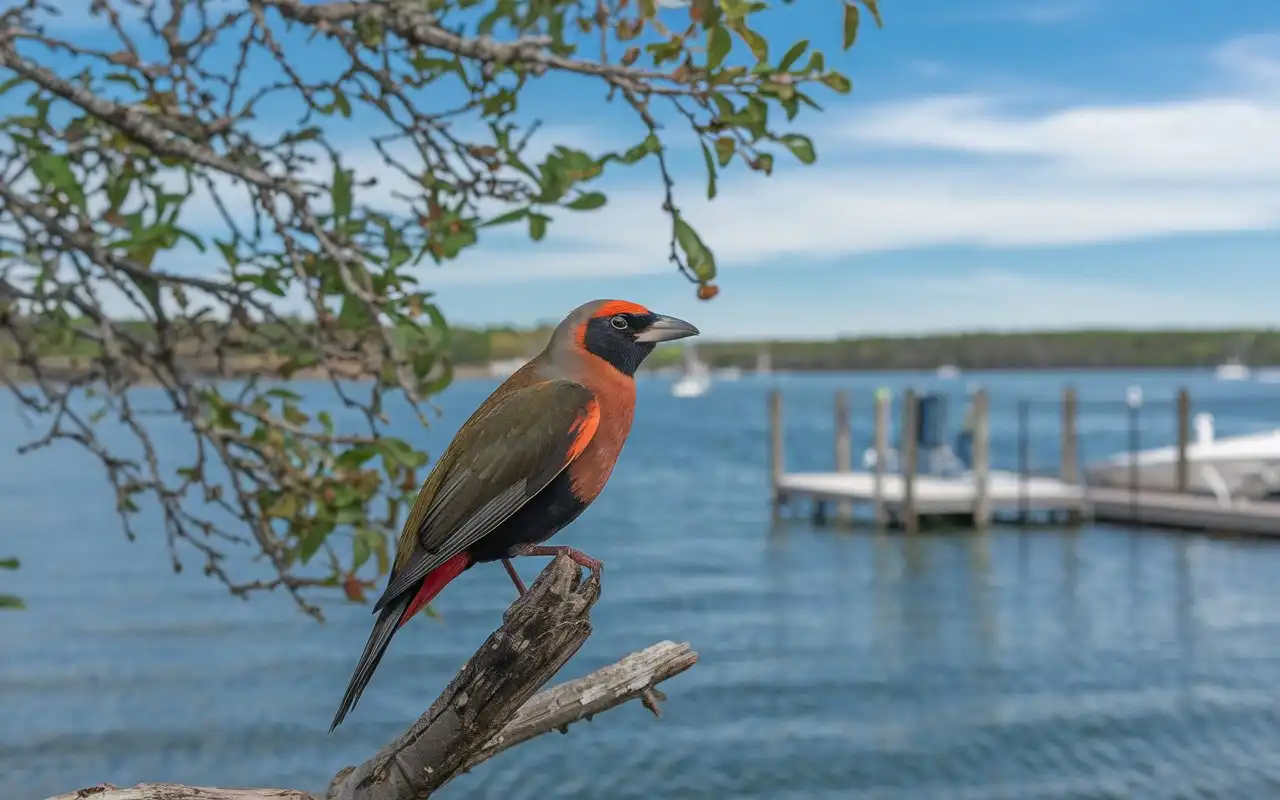
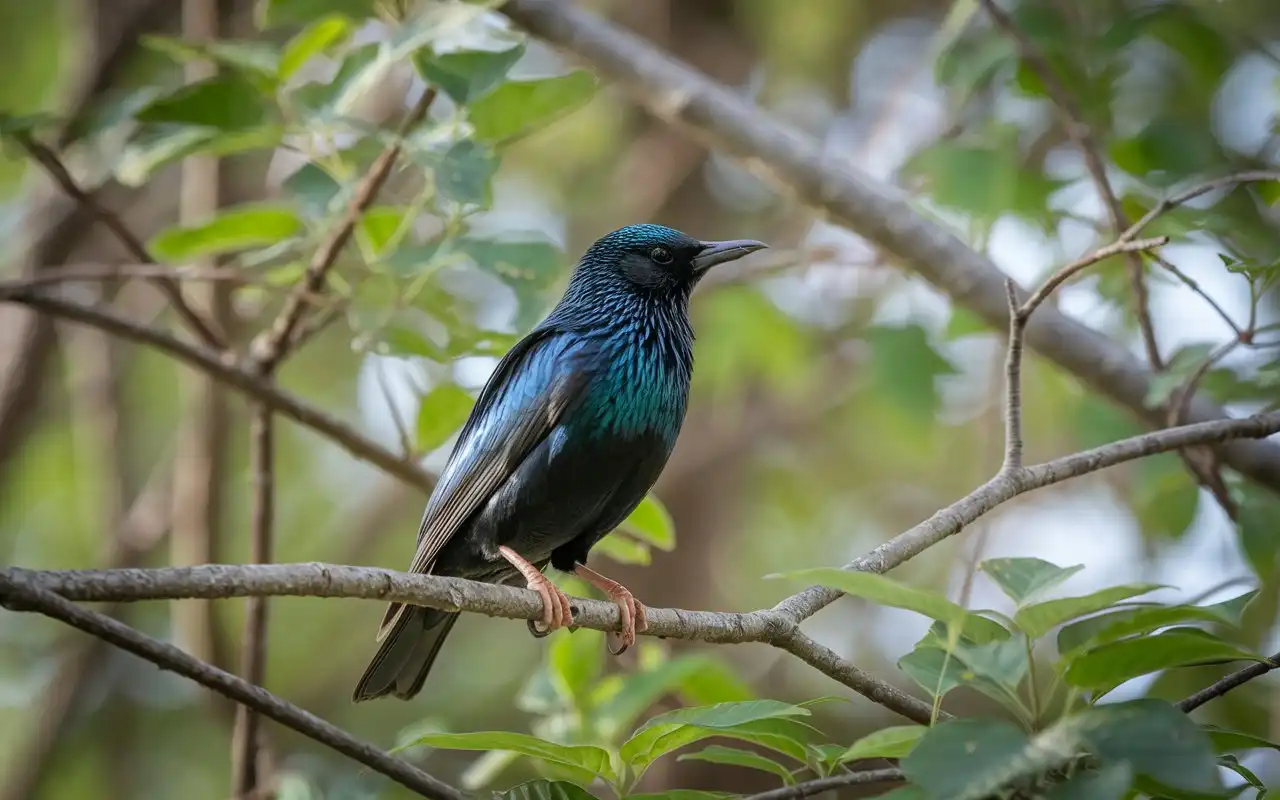

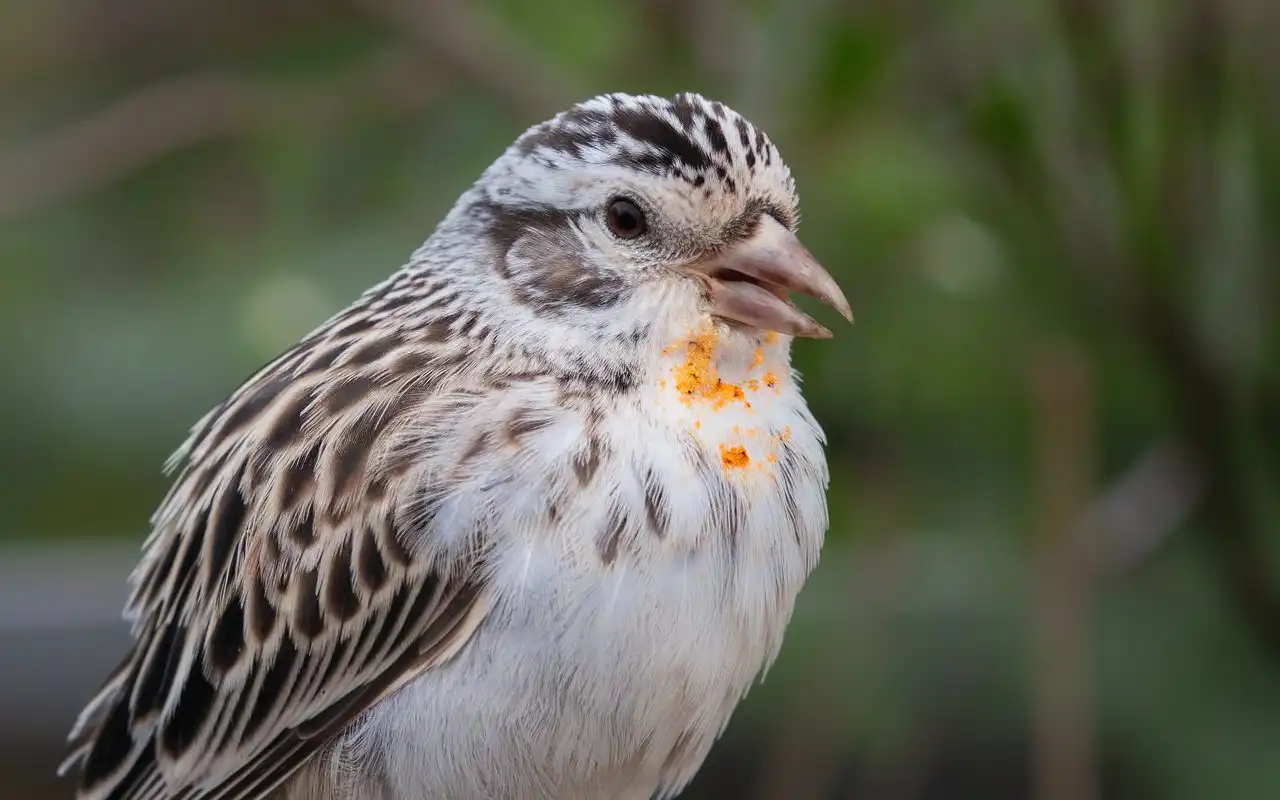
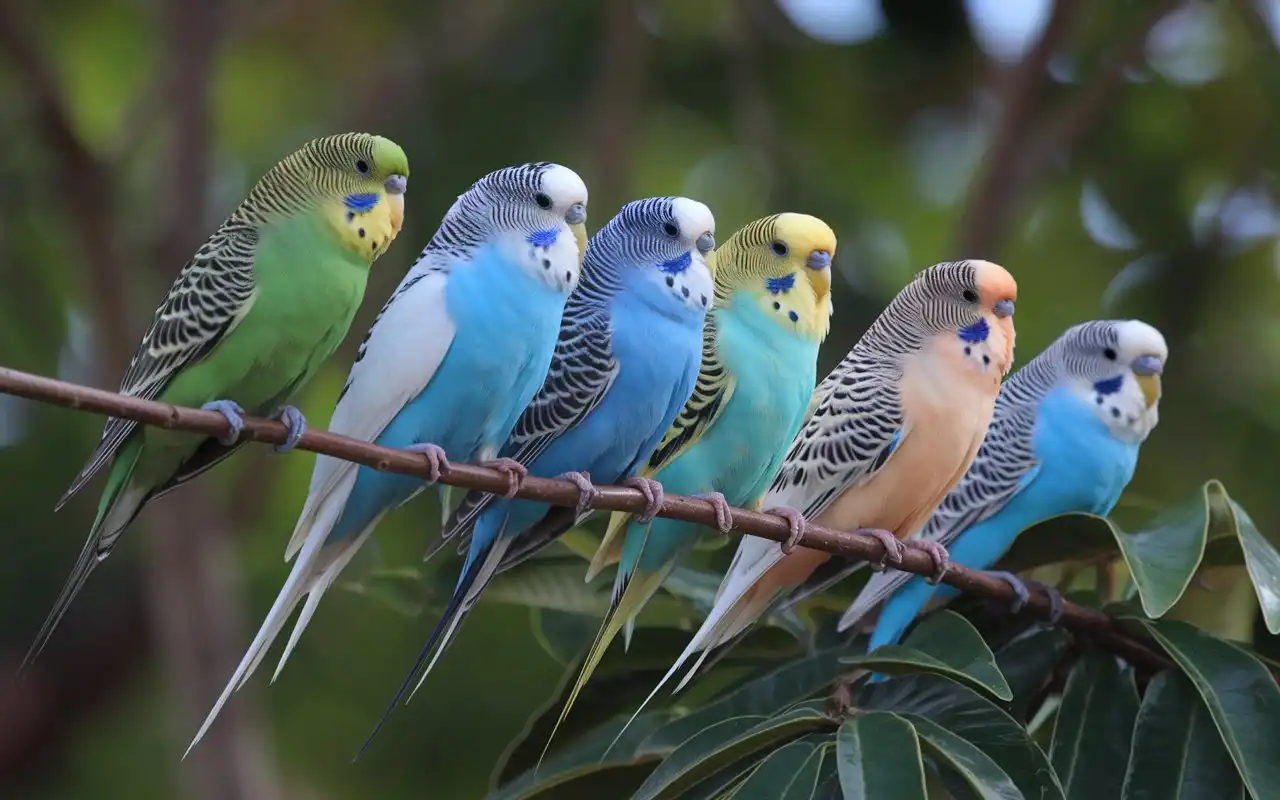
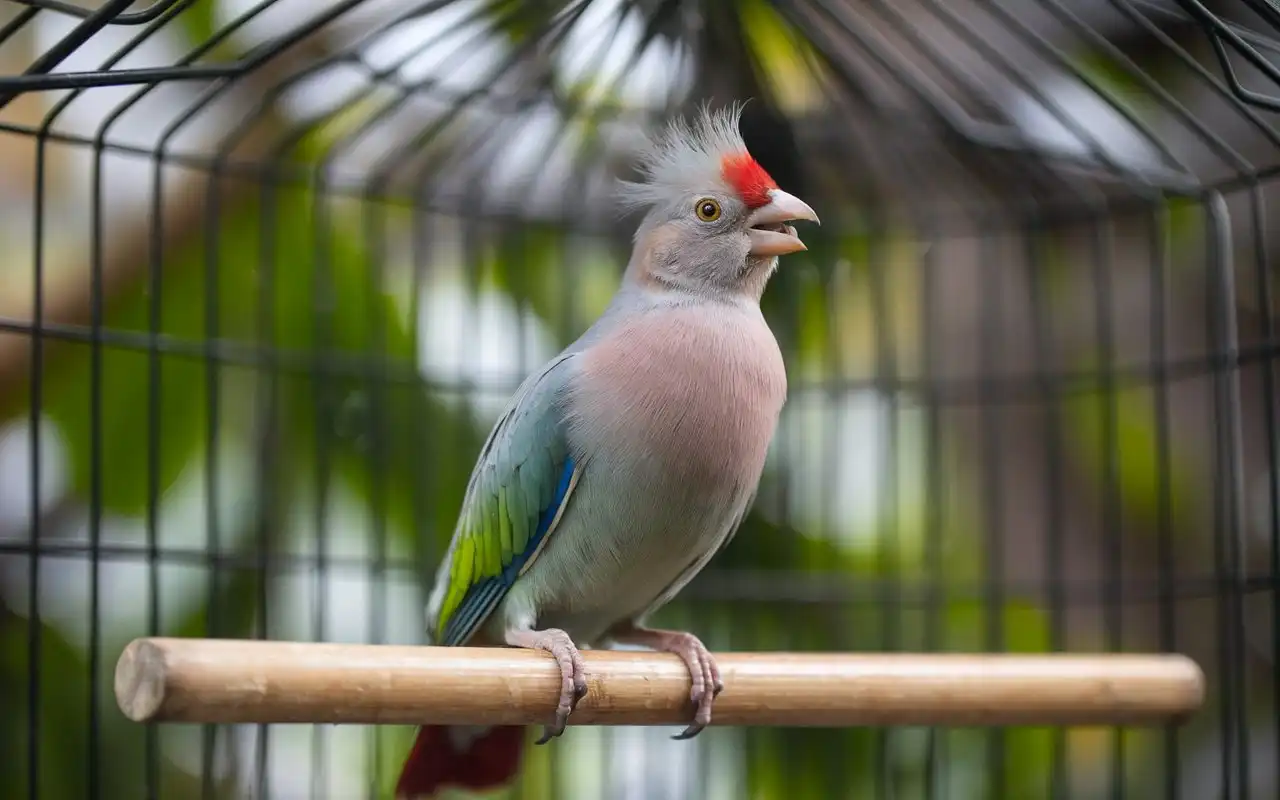
Pingback: Managing Yeast Infection in Birds: A Comprehensive Guide